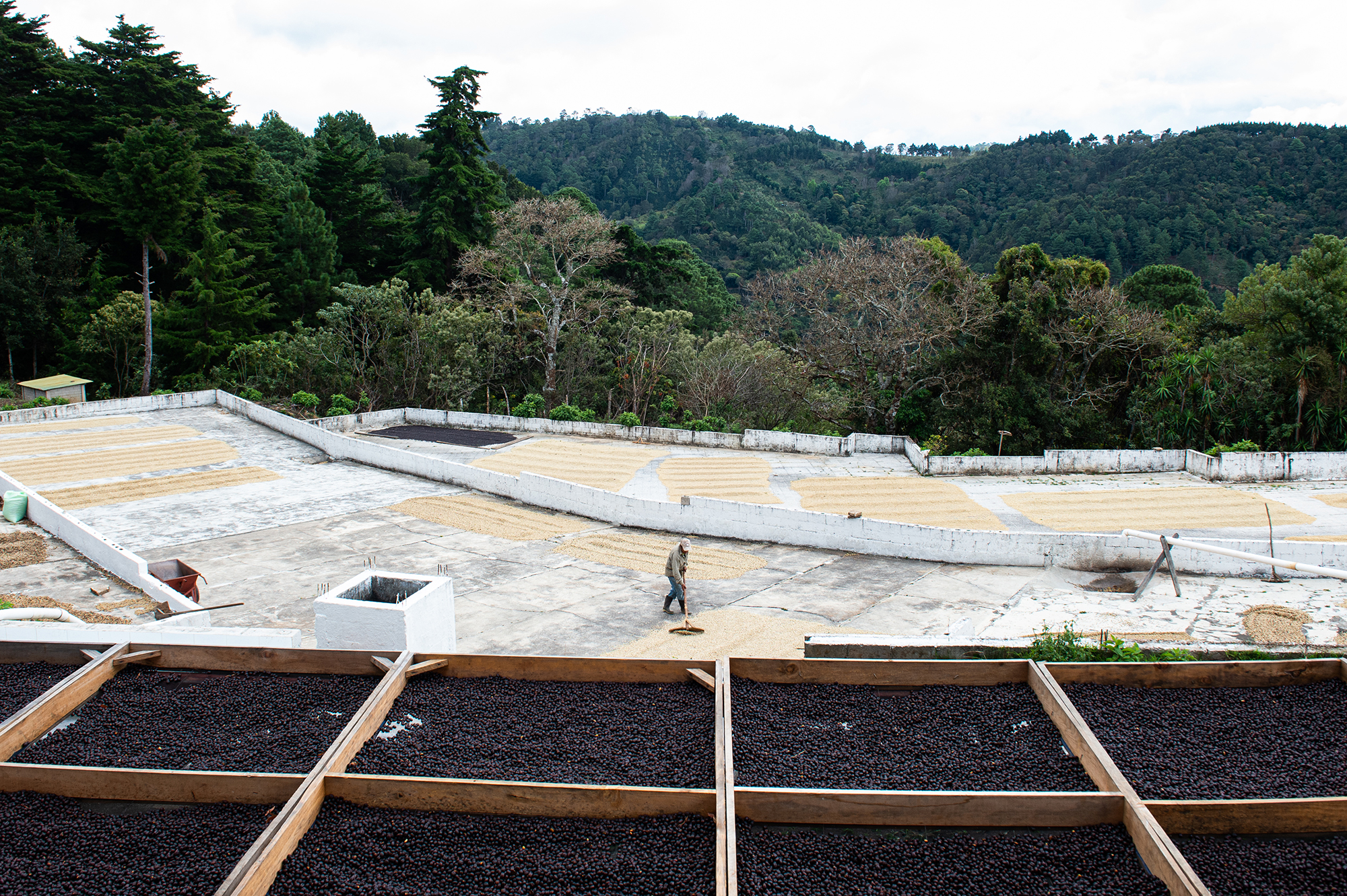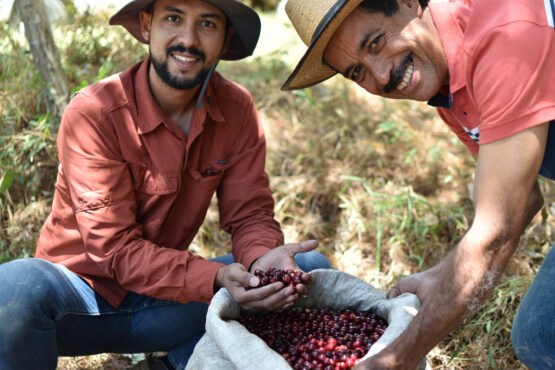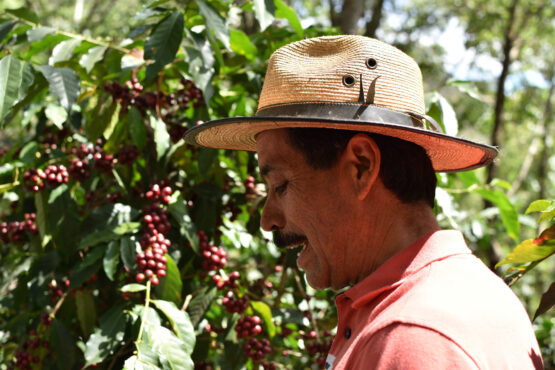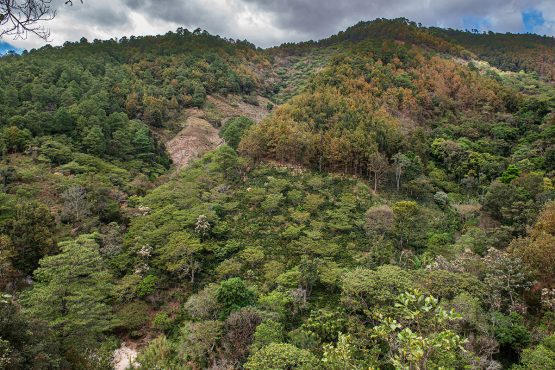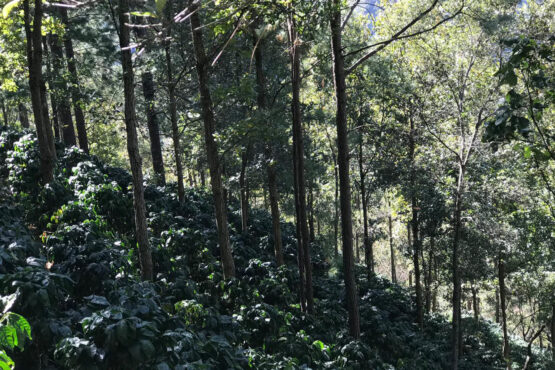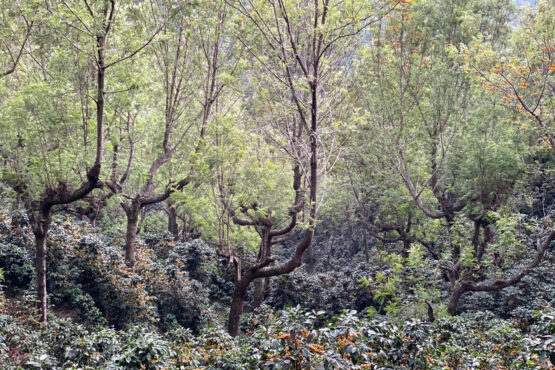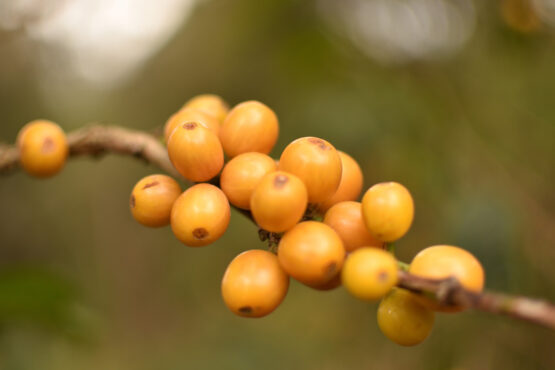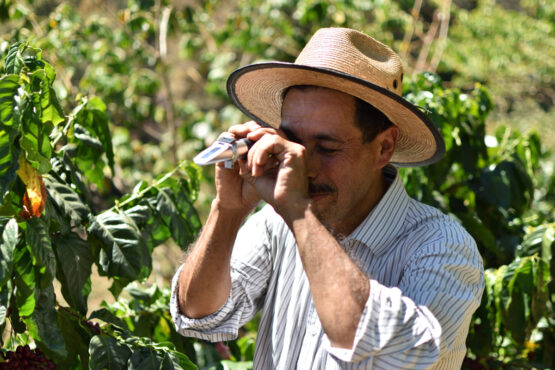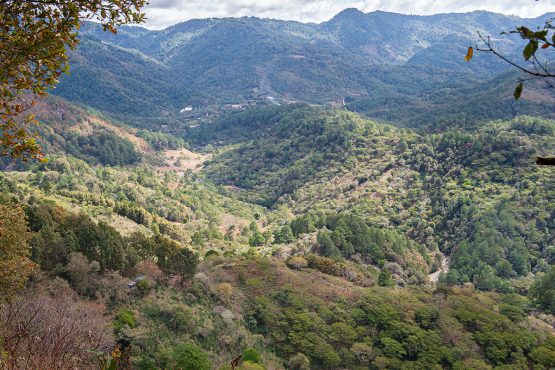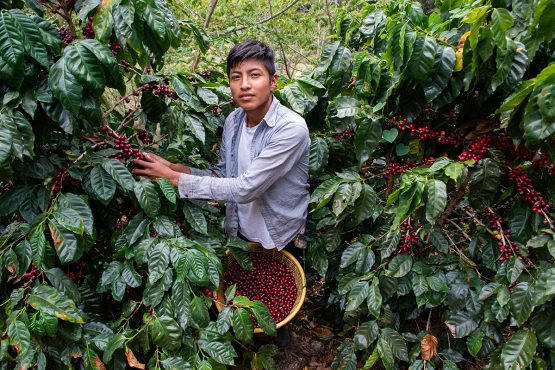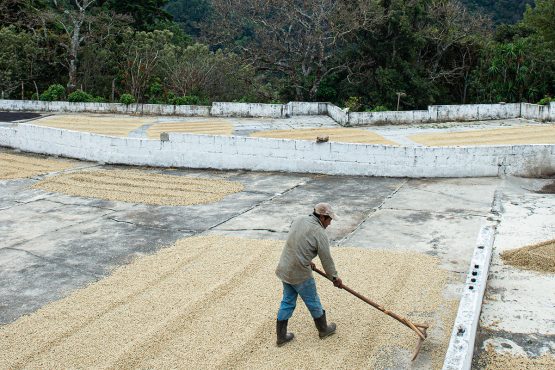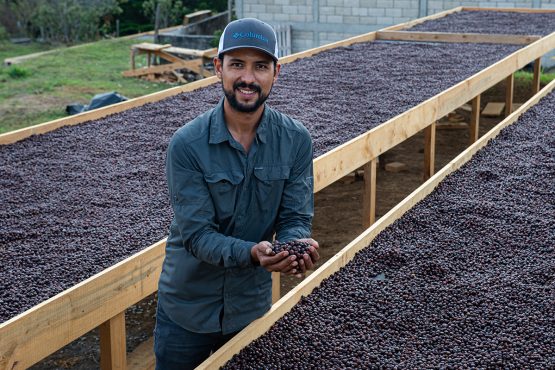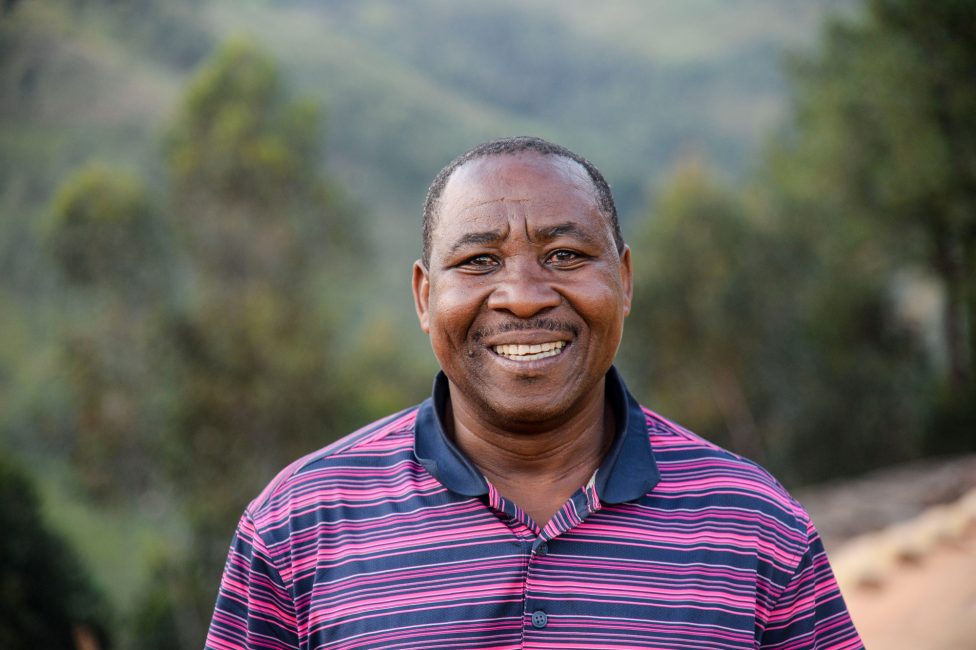La Bugambilia Pacas
Great intensity and sweetness. Well-structured acidity and a creamy body, with grilled pineapple, brown sugar and hazelnut.
This 100% Pacas micro-lot is from a plot of land called La Bugambilia, one of five parcels of land on El Guatalón estate. The farm is located in the up-and-coming region of Santa Rosa, Guatemala. La Bugambilia and El Guatalón are owned and managed by third-generation farmer Guillermo Juarez and his son Willy.
The La Bugambillia plot is 40-hectares in size – 18 of which are dedicated to coffee, with the remainder reserved for native forest. It sits at an elevation of 1,450 – 1,850m above sea level and is named after the Bougainvillea plant which is very common in Guatemala and has vibrant pink and purple flowers. Pacas, Caturra, Pacamara, Bourbon Amarillo and Geisha are all grown on this estate. This lot is 100% Pacas – a high-yielding variety with potential for excellent cup quality that thrives in Central America.
ABOUT EL GUATALÓN
El Guatalón estate is truly a family affair! The estate was first established in 1910 by Daniel Juarez, who planted it with Typica and Mundo Novo varieties, and was the first commercial coffee plantation in the region. Daniel’s son, Juan Alberto Juarez Reyes, took over the farm in the 1970s, and focused on growing the estate’s commercial operations and expanding its land, before handing the farm on to his own son, Guillermo, in 2010. Today, Guillermo looks after the estate’s agronomy, while his son Willy has recently joined operations and manages operations at the family’s wet and dry mills.
When Guillermo took over the estate, he was determined to focus on producing specialty coffee to achieve higher prices for their efforts. He had heard of the Cup of Excellence and decided to participate. In 2012 they came very close to qualifying (finishing 24thand just outside the final line up of 23 farms) and were thrilled to receive their first accolade in 2014. Since then, the farm has placed nearly every year, most recently in 2022 when two lots placed 17th and 11th. These awards and this recognition is very motivating for Guillermo, who loves the challenge:
“We want to go further. We know we can deliver higher quality. After all, we know living and succeeding is just about that: always make an extra effort.” – Guillermo Juarez
El Guatalón estate is divided by altitude and soil type into 5 parcels of land – La Bugambilia, El Cuje, Los Pajuiles, and Guatalón (in the municipality of Santa Rosa de Lima) and La Loma which is located in neighbouring municipality of Mataquescuintla.
El Guatalón has many different varieties growing – each generation has introduced new varieties to the farm including Typica, Mundo Novo, Pache, San Ramon, Caturra, Catuaí and most recently Villa Sarchi, Pacamara and Maragogype. These varieties flourish in different microclimates and so each has been carefully planted where it is best suited across the estate. Coffee is grown under the shade of Garvilea and Cuje trees (both from the Inga family), as well as some native oak and cedar trees. The reason for this is twofold: it protects all coffee trees from direct sunlight and harsh winds, and it allows for the farm to contribute to the region’s efforts in protecting the local flora and fauna.
ABOUT SANTA ROSA
Though the Santa Rosa department is technically not one of ANACAFE’s official coffee-growing origins, it has become one of the country’s most important regions. Farms in Santa Rosa are spread out across the expanse of the department – meaning climatic conditions can vary drastically from one estate to another, creating a multitude of unique cup profiles.
The region is known for producing much of the country’s commercial-grade coffee, but the range of micro-climates and rich, volcanic soils found in Santa Rosa offer great potential for specialty-grade coffee production. Evidence of this are the 2022 Cup of Excellence results, when 5 coffees from Santa Rosa were awarded for the first time in the competition’s history.
The departments’ north is a valley surrounded by mountains that creates a corridor for dry winds from the Atlantic Ocean to travel south all the way to the Pacific. Because of this, farms in the north tend to be drier and experience earlier harvests (like in La Bugambilia), while those in the south are humid and experience longer rainier seasons.
HOW THIS COFFEE WAS PROCESSED
Harvest begins in December and concludes in March. In addition to 10 full-time workers, around 40 seasonal workers are employed to selectively handpick the coffee. This activity is supervised by Guillermo and Willy on a daily basis, who either travel from home or spend the night at the farm.
All coffee from El Guatalón is processed at the family’s wet mill in Samororo (which is located close to the La Loma plot). Here, coffee is pulped and then fermented from anywhere between 24 to 40 hours. The beans are subsequently washed to remove any remaining pulp and carefully dried on patios and where they are turned regularly to ensure they dry slowly and evenly. Once dry, the coffee is rested in parchment until it is ready for export. Throughout the process, all organic by-products are recycled and reused, and the water is treated in sedimentation tanks.
HOPES FOR THE FUTURE
Guillermo and Willy don’t see themselves expanding much on volume, but rather want to focus on quality and continue to explore different processing methods and techniques. Willy is especially interested in understanding more about different fermentation techniques and how this can impact the quality in the cup. He is currently taking courses and training to have a better understanding of processing techniques, which he hopes to implement in the coming harvests.
